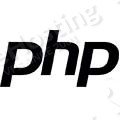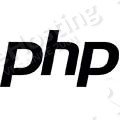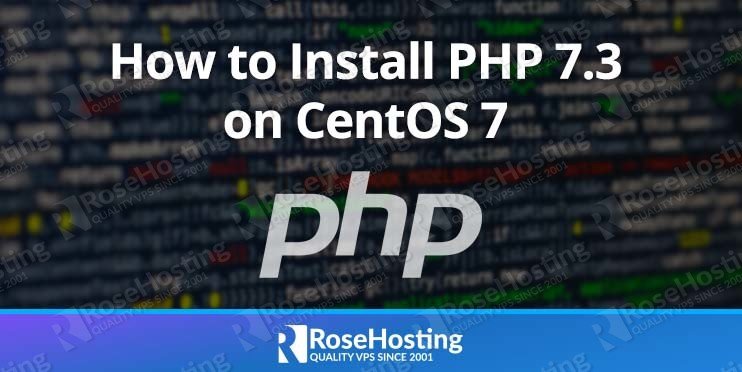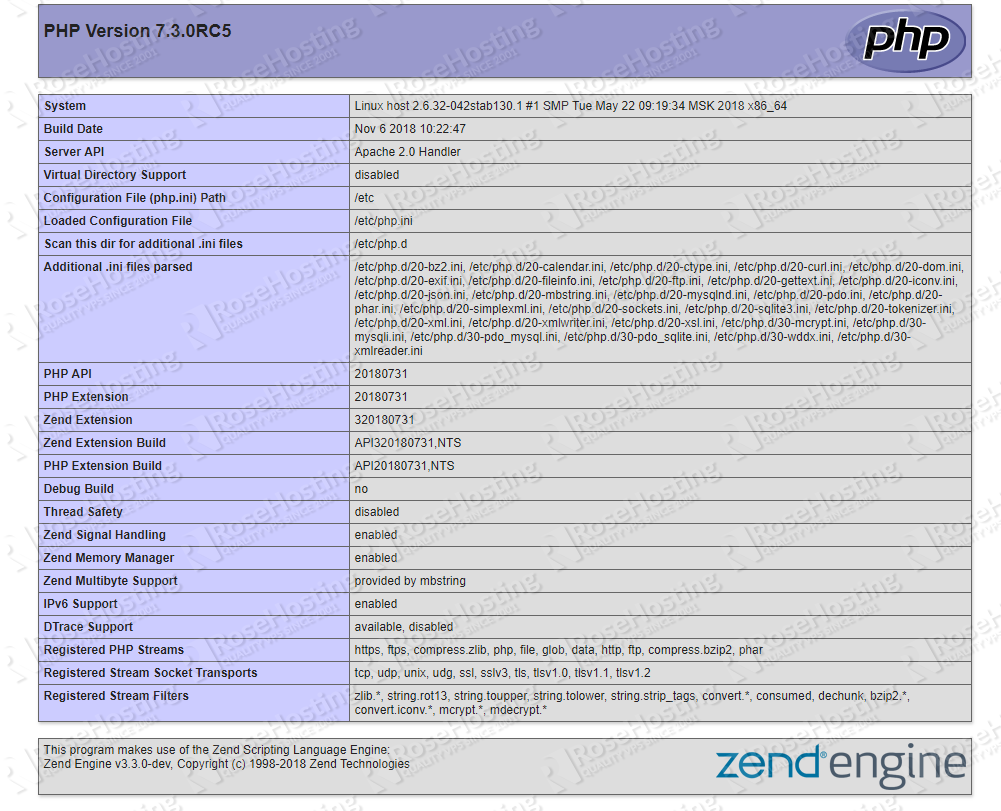In this tutorial, we will guide you through the steps of installing the latest PHP version 7.3 on a CentOS 7 VPS.

PHP 7 offers much better performances and security improvements than its predecessors. Listed below are some of the new features and changes in PHP 7.3:
- Flexible Heredoc And Nowdoc Syntaxes
- Allow a Trailing Comma in Function Calls
- JSON_THROW_ON_ERROR
- Same Site Cookie
- Deprecate and Remove Case-Insensitive Constants
- list() Reference Assignment
- is_countable Function
- array_key_first(), array_key_last()
- Argon2 Password Hash Enhancements
Table of Contents
Prerequisites
- CentOS 7 VPS
- User with root privileges – All of our VPS hosting plans come with full root access. You can also use a user account with sudo privileges.
Step 1: Log in and Update the Server
Login to your CentOS 7 VPS via SSH as the root user:
ssh root@IP_Address -p Port_number
Replace ‘IP_Address‘ and ‘Port_number‘ with your actual IP address and SSH port number.
Step 2: Install PHP 7.3
CentOS 7 by default is shipped with PHP 5.4 at the time of writing this article, which is a very old and outdated version and it has reached its end of life in September 2015. This also adds security vulnerabilities onto your server if you use PHP in a web setting. Luckily, some trusted and well-maintained repositories offer newer versions of PHP. In this case we will install and use PHP 7.3 from the Remi repository.
First of all, check if PHP is already installed on your server. If it is installed, check what version your server is running. You can do it with the following command:
# php -v
Output:
PHP 5.4.16 (cli) (built: Apr 12 2018 19:02:01) Copyright (c) 1997-2013 The PHP Group Zend Engine v2.4.0, Copyright (c) 1998-2013 Zend Technologies
According to the output, PHP 5.4 is installed on our CentOS VPS, which we mentioned that it is the latest available version in the CentOS 7 repositories. In order to install PHP 7.3, we have to remove this version:
yum remove php* Removing: php php-cli php-common php-mysql php-pdo
This command will remove PHP and all installed PHP extensions.
Run the following commands to add the Remi and Epel repositories to your server, and install yum-utils, which is a collection of tools for managing yum repositories:
yum install http://rpms.remirepo.net/enterprise/remi-release-7.rpm yum install yum-utils epel-release
Disable the PHP 5.4 repository, which is enabled by default:
yum-config-manager --disable remi-php54
and enable the PHP 7.3 repository:
yum-config-manager --enable remi-php73
After the Remi repository for PHP 7.3 is enabled, we can easily install it with the yum package manager.
yum -y install php Installing: php Installing for dependencies: libargon2 php-cli php-common php-json
It will install PHP 7.3 and some of its dependencies, as shown in the output above.
Once the installation is completed, you can check the installed PHP version:
php -v Output:
PHP 7.3.0RC5 (cli) (built: Nov 6 2018 10:22:47) ( NTS ) Copyright (c) 1997-2018 The PHP Group Zend Engine v3.3.0-dev, Copyright (c) 1998-2018 Zend Technologies
You can easily install all necessary PHP extensions using the same way, as long as they are available in the repository. For example, if you need the MySQL, Multibyte String (mbstring), Mcrypt and the SimpleXML Parser PHP extensoins, you can install them with the following command:
yum -y install php-mysqlnd php-mbstring php-pecl-mcrypt php-xml
You can test if the extensions is properly installed using the following command:
php -m |grep extension_name
For example, to test if the Multibyte String (mbstring) extension is installed, you can use the following:
php -m |grep mbstring
output:
mbstring
Step 3: Create a phpinfo Page
In order to check a detailed information about the installed PHP version, extension, settings, and much more, you can create a phpinfo page. It displays a big amount of useful information about PHP. Including information about the PHP version, PHP compilation options and extensions, server information and environment (if compiled as a module), the PHP environment, OS version information, paths, master and local values of configuration options, HTTP headers, and the PHP License.
To do this, go to the web server’s document root directory
cd /var/www/html
and create a phpinfo.php file with the following content
vi phpinfo.php <?php phpinfo(); ?>
Save the file and access http://YourIPaddress/phpinfo.php with your favorite web browser. You should get the following page
For more information about PHP, its configuration and features you can check their official documentation.

PS. If you liked this post on how to install PHP 7.3 on CentOS 7, please share it with your friends on the social networks using the sharing buttons, or simply leave a reply below. Thanks.

